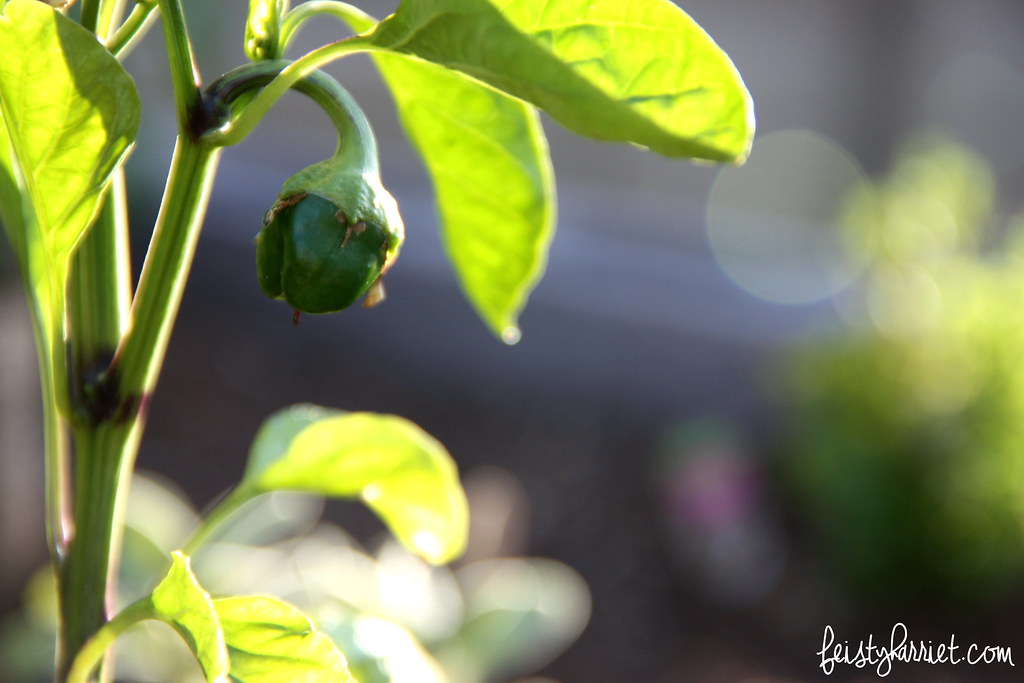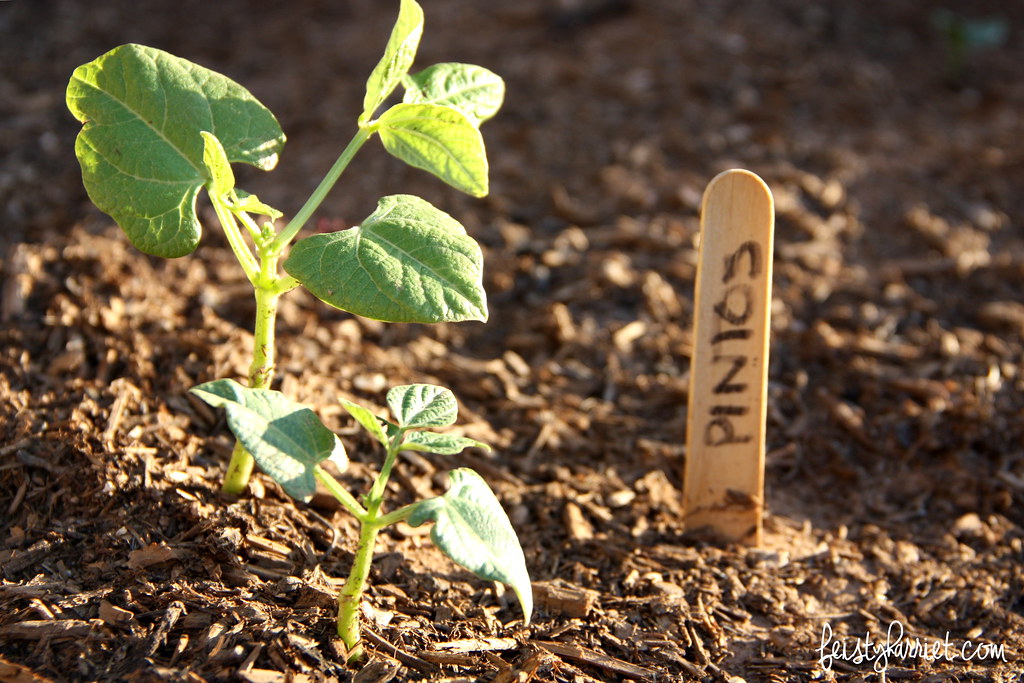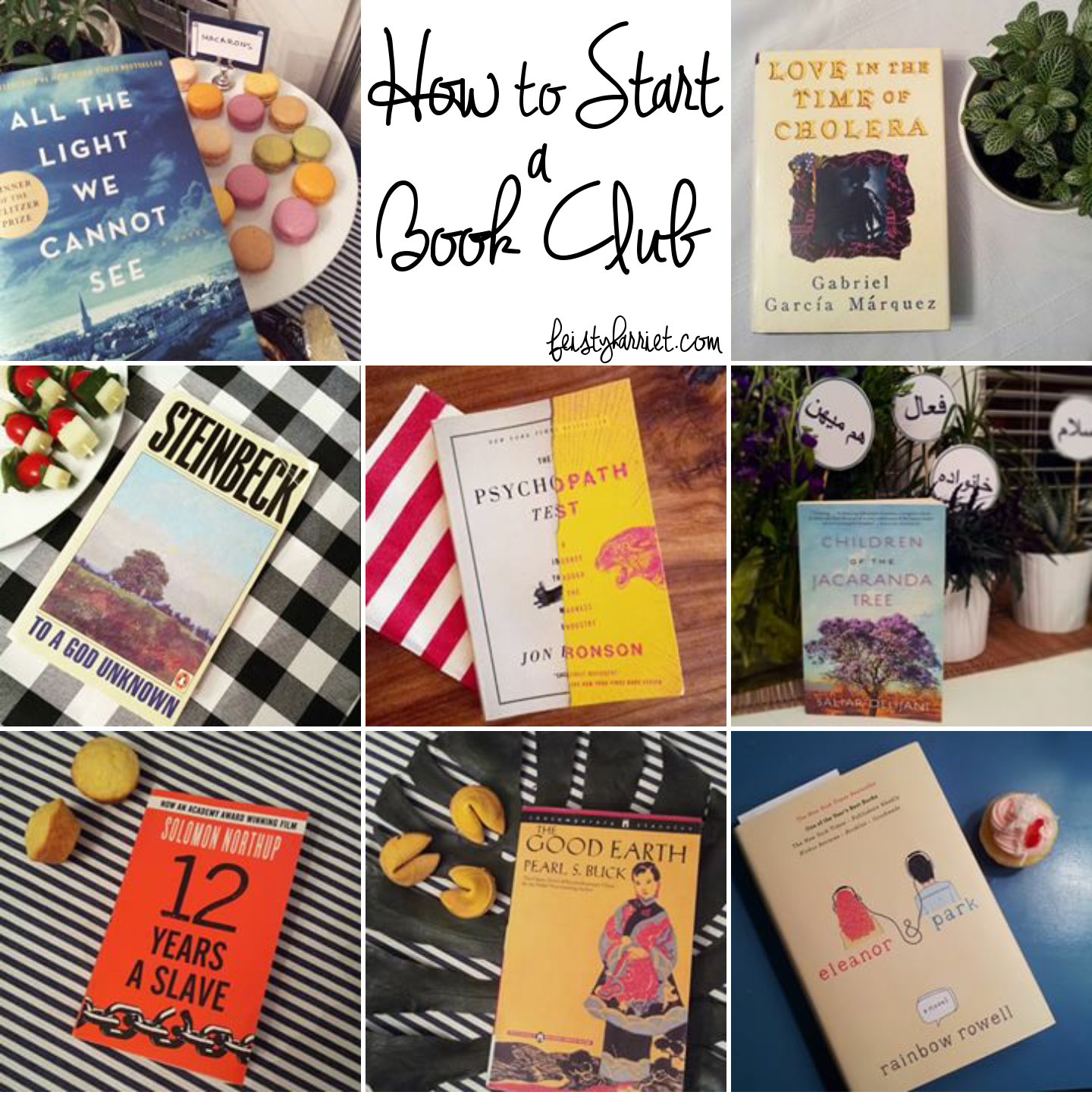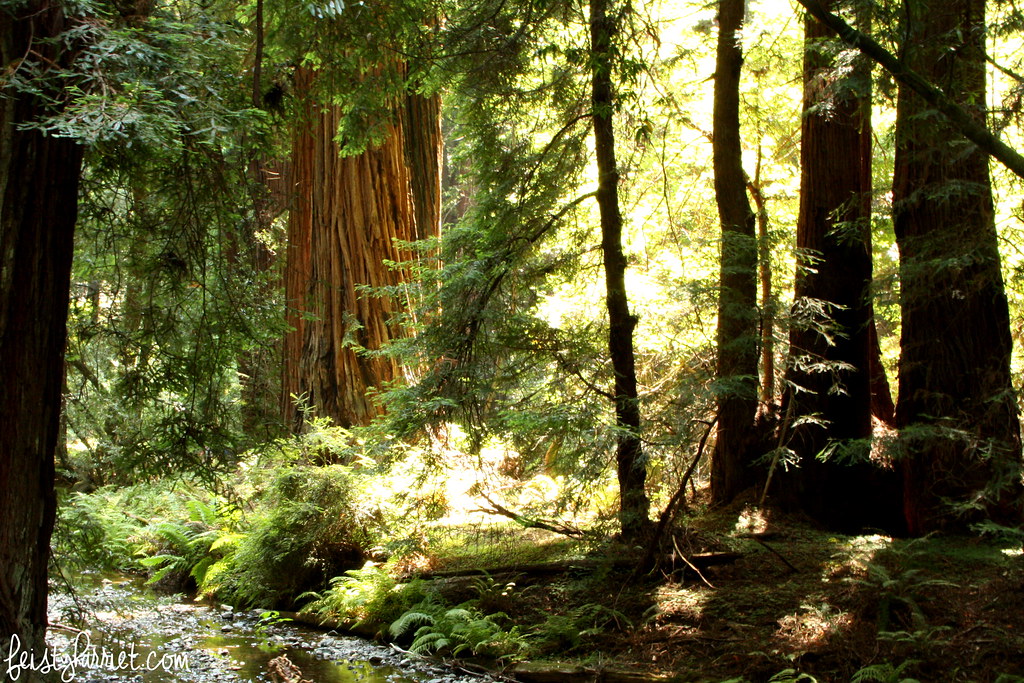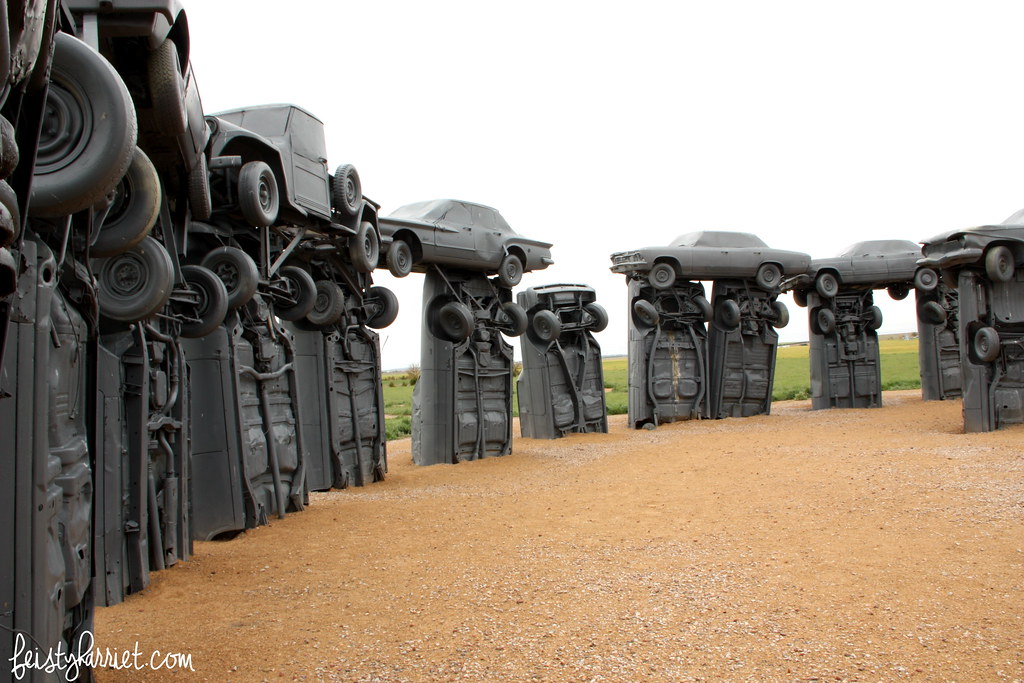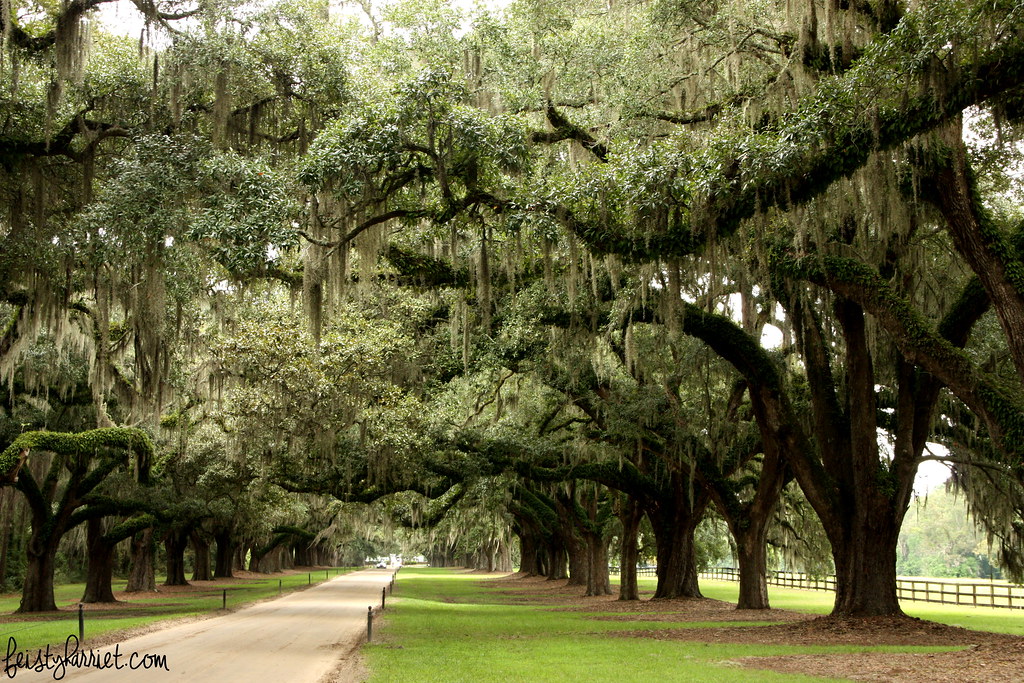Over the last couple of months I have become more and more interested in eating locally, meaning, eating fruits and vegetables that have been raised and farmed responsibly and sustainably close to my home. There are a lot of people that put a lot of rules on what all of those things mean, but for me, it’s not a hard and fast dictum, but more a general premise to shop and eat by (by which to shop and eat?). Mr. Blue Eyes and I eat a lot of vegetables in the first place, but other than some browsing and occasional purchasing at the summer farmer’s market in Salt Lake, I’ve never made much of an effort to eat locally grown vegetables or organic vegetables. I was pretty satisfied with, you know, eating vegetables.
However, living in a valley that receives 300+ days of sunshine every year and only the occasional hard frost, I feel like I have a lot more flexibility and more options on my fruit and veggie shopping. I did some research, asked friends, and read a lot, and finally found a CSA that I hope will work out. My first delivery is this week and while the grass-fed meats were more expensive than my local grocery, the veggies are really about the same price. (Yes, I’ve been doing the math, keeping receipts and a spreadsheet and everything.)
I read a handful of books about eating locally, my favorite, Unprocessed: My City-Dwelling Year of Reclaiming Real Food, by Megan Kimble (review below) made the idea of eating locally and unprocessed foods seem relatively easy. There are farms that grow edible foods in enough variety to create a menu every week right here in the Phoenix valley. She talks a lot about moving to unprocessed foods, and, by default, that often means local because processing is required for transportation of most things. She isn’t a zillionaire, she doesn’t have an inherited family farm, she just, you know, did a ton of research and made a few lifestyle changes. Lucky for me, her research is local to me too; she lives in Tucson, just 90 minutes south of me.
I also read Animal, Vegetable, Miracle, by Barbara Kingsolver, and while the idea of my moving to Appalachia (where it’s already GREEN without pumping the Colorado River dry) and living on a farm is certainly tempting, it’s not going to happen. (Also? Kingsolver LEFT Tucson for Appalachia…Tucson must be a hoppin’ place!) I love that she and her family were able to eat primarily food from their own yard or the backyard of neighbors and the farms of vendors at their local farmer’s markets. I am kind of obsessed with this idea, actually. The radical notion of eating whole foods, not genetically modified foods, not ultra processed foods, but ones that were picked a day or two ago and can be purchased at a manageable price. Sure, the farm idea is nice too, but it also comes with a CRAP TON of effort.
Now, I realize that not everyone lives in a place that sustains year-round farming, I get that. I’m not advocating for militantly standing by a set of rules written by someone in completely different geographic and agricultural circumstances than you are. But, the idea of joining a CSA, or frequenting the farmer’s market on the regular is something I can get behind.
Author Wendell Berry spells out a list at the end of his book of ways one can be a more responsible eater/food consumer. The first four components are: 1) Participate in food production, grow herbs in your window or a bunch of veggies in the backyard, appreciate the time and effort it takes to cultivate edible foodstuffs; 2) Prepare your own food, instead of relying on pre-packaged meals; 3) Learn the origins of the food you eat, buy food produced closest to your home; 4) Deal directly with a local farmer whenever possible, I think this means by farmer’s market shopping, or even being familiar with the farmer who distributes your CSA portions. That is advice I can totally get behind. Gold star, Wendell Berry.
In addition to the books reviewed below, here are a few additional recommendations if you’d like to whet your appetite on local eating, unprocessed eating, or–in general–better eating (I’m sorry! It was a horrible pun! But necessary because when will I have that chance again!?:
- Salt, Sugar, Fat, by Michael Moss
- The Omnivore’s Dilemma, by Michael Pollan
- In Defense of Food, by Michael Pollan
- Fast Food Nation, by Eric Schlosser
I have a GoodReads shelf for books about food, the food industry, and cookbooks too.
A NOTE FROM THE AUTHOR: Following are short book reviews, the first two are books I loved (also mentioned above), the next three books are interesting–okay, two are interesting, one involved a lot of eye-rolling–but not super great. So if you want to stop reading now I totally get it. But! Before you go, I’d love to hear about any backyard vegetable garden attempts! Or CSA successes! Or farm-to-table eating! And if you’ve got nothing, please admire the BABY BELL PEPPERS and BABY LIMES that are currently growing in my backyard! Meeep!
Unprocessed: My City-Dwelling Year of Reclaiming Real Food, by Megan Kimble (4 stars). I literally could not put this book down and finished it in under 24 hours. The whole premise is that Megan decides to spend a year not eating processed foods, or, mostly not eating processed foods, and/or eating mostly not processed foods.* Her rules are a little loosey-goosey at first, although as she learns more about food processing–from vegetables to milk to meat–she firms them up quite nicely. I love that she lives in the arid Southwest, I feel like I can totally relate and even try some of her tips. I also love that she does not make a gazillion dollars, she makes $18,000 per year as a single woman and grad student living on her own. Yes, she eats a lot of fairly plain food, but her point is that even with a small income we can make better choices about what we eat and where it comes from. I think it fitting that somewhere in-between starting and finishing this book I actually planted seeds in my new vegetable garden (photos of said garden’s progress in this post), and selected a CSA to tide me over until my little garden starts producing tomatoes and zucchini, squashes and peppers. Quite convenient that many of the vendors she interviewed and facilities she toured are local to me, so I cherry-picked off her research much more than I normally would be able to on a book about better eating choices.
As for the memoir part, I’ve read reviews complaining that Megan is just some privileged white girl who hasn’t had enough experience with hunger or lack of choices to write a worthwhile memoir about it. Well, frankly, I am also a privileged white girl who has very, very rarely gone to bed hungry, but that doesn’t mean I don’t want to learn to make better, more informed choices about what I put into my body, and to do it without spending a gazillion dollars.
Animal, Vegetable, Miracle, by Barbara Kingsolver (4 stars). There are so many things I loved about this book! Basic idea: Kingsolver and her family leave Tuscon for a large farm in Appalachia and decide to spend a year eating only what they can grow on their own land, or purchase from local farmer’s markets/farming neighbors. Now, the first obvious problem is that we all don’t and can’t have 20 acres of fertile ground in a rain-rich area of the country. However, that doesn’t mean that we can’t do better about making a shift in our buying choices to buy more local produce, dairy, and meat. Kingsolver’s husband and daughter both offer essays throughout the book on politics and recipes, respectively, and I ignored the political ones and skimmed the recipe ones, frankly, neither have near the skill at writing that Kingsolver does. I really did love so much of this, despite knowing that I will not be able to replicate her project. I loved heard more about heritage seeds and the many many varieties of vegetables and fruits that are no longer in commercial production/are only available through seed saving farmers. I also signed up for a heritage seed catalog and am already planning what I’ll do with my garden boxes for the fall/winter (a legit growing season here in Arizona).
The Botany of Desire: A Plant’s-Eye View of the World, by Michael Pollan (3 stars). I wanted to love this book more than I did, I mean, it starts out quoting Darwin for heaven’s sake, it is RIGHT UP MY ALLEY. And, to be fair, I did appreciate the research and history Pollan discusses about the apple, the tulip, and the potato. However, Pollan LOVES apples and I’m only kind of “meh” about them, and Pollan doesn’t seem to really care that much about tulips and I LOVE them (my wedding bouquet was tulips and tulips only). So, Pollan and I kind of got off on the wrong foot to start with, he anthropomorphizes both to a spectacular degree but in the opposite way that I would, so…yeah. I do appreciate the discussion in the potato section about genetically modified foods and the difference between Big Agra and small organic farming. One of his four sections is about cannabis, and while he did bring up some interesting bits that are relevant now with all the political discussion about making marijuana legal in so many states, the history and benefits of cannabis is not really my jam.
Bringing it to the Table, by Wendell Berry (3 stars). I’m not sure what I was expecting, but not exactly the contents of this book. The first 100 pages are essays written by Wendell Berry over the course of 30+ years that focus on Farming and agriculture and the ills of agribusiness (and, though not specifically mentioned, the enormous factory farms and the way companies such as Monsanto and Cargill have drastically altered farming in this country). This section was a rough go and was hard to enjoy and relate to, in many ways it read more like an economics textbook. The next 80 pages are essays about individual farmers, and this section was–by far–my favorite. I loved reading stories about people who continue to farm small family farms and continue to produce in healthy, responsible ways and make a living at it. I particularly loved stories about the Amish and their hyper-responsible farming traditions. The last 50 pages are about food, but Berry only has one published essay about food, so the rest are excerpts from some of his fiction books that deal directly with farm-to-table eating, typically by a farm family and assorted guests. I love reading about farming, farm-to-table, sustainable and responsible agriculture, shopping local and CSA stuff, all that. But I feel like–especially in his Farming section–I bit off more than I was interested to truly chew. (MORE BAD PUNS!)
Coming Home to Eat, by Gary Paul Nabhan (2 stars, maybe only 1). I love the idea of eating local (obvs, and if you’re still reading this post, gold star to you), however Gary Paul Nabhan takes his year of local-eating to an extreme that I just couldn’t identify with. He lives in Arizona (Yay! Like me! Maybe I can get some tips!) and decides that “local” means “native to 100 miles around my home.” Not cultivated, but NATIVE. Ok, so, this means he spends his year eating cactus flowers and weedy greens he picks from public lands and–literally–roadkill. He does also grow a garden full of plants that are native to the southwest, and he raises a couple of turkeys, and I think that overall his version of local is a cool idea in theory, but I also think that I would starve if I had to subsist on rattlesnake road kill or hunted neighborhood quail and salads made from weeds and flower petals. It’s just…it’s not sustainable. For one guy, sure. But not for more than that. Nabhan relies heavily on techniques and methods he learns from Native Americans on reservations around Tucson (MORE Tucsonites!), and I completely respect their ways, but again, it is not sustainable for more than a small group. There are REASONS the southwest was sparsely populated until the invention of air conditioning and automated farming sprinklers. As is, the land cannot sustain the numbersof people who now live here.
Nabhan spends a lot of time arguing the health benefits of eating the diet that is local to your ethnic nativity (so, ethnic Italians in Italy or a diaspora are healthier when they eat like ancient Italians because that diet and their genes have adapted together) …but, um, he’s not Native American nor are his ancestors from the Southwest. He’s Irish-Lebanese and the seeds he brought from his family’s ancestral home in Lebanon couldn’t grow in his Arizona backyard garden. So his year of eating some other group’s local/native foods should not have done anything for his health outside the general best practice of eating organic and farm-to-table, cutting out the Monsanto’s and Cargill’s of the world.



